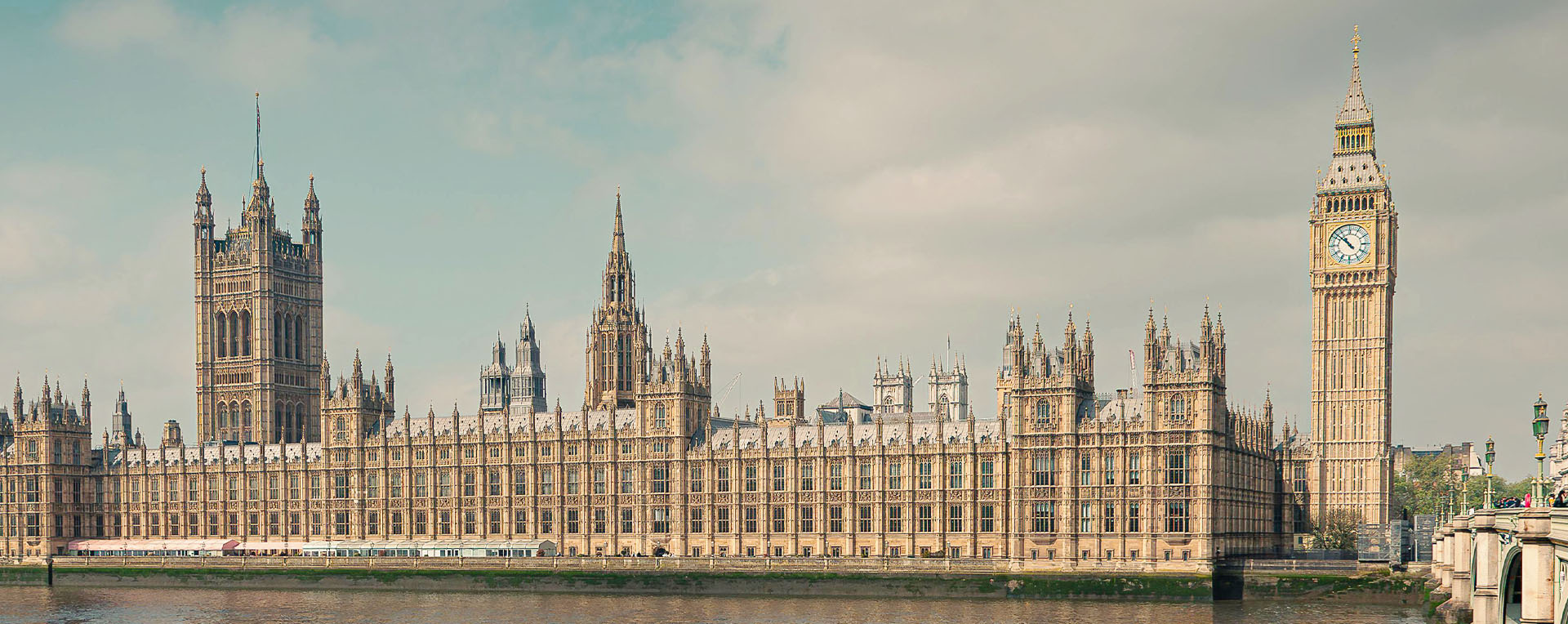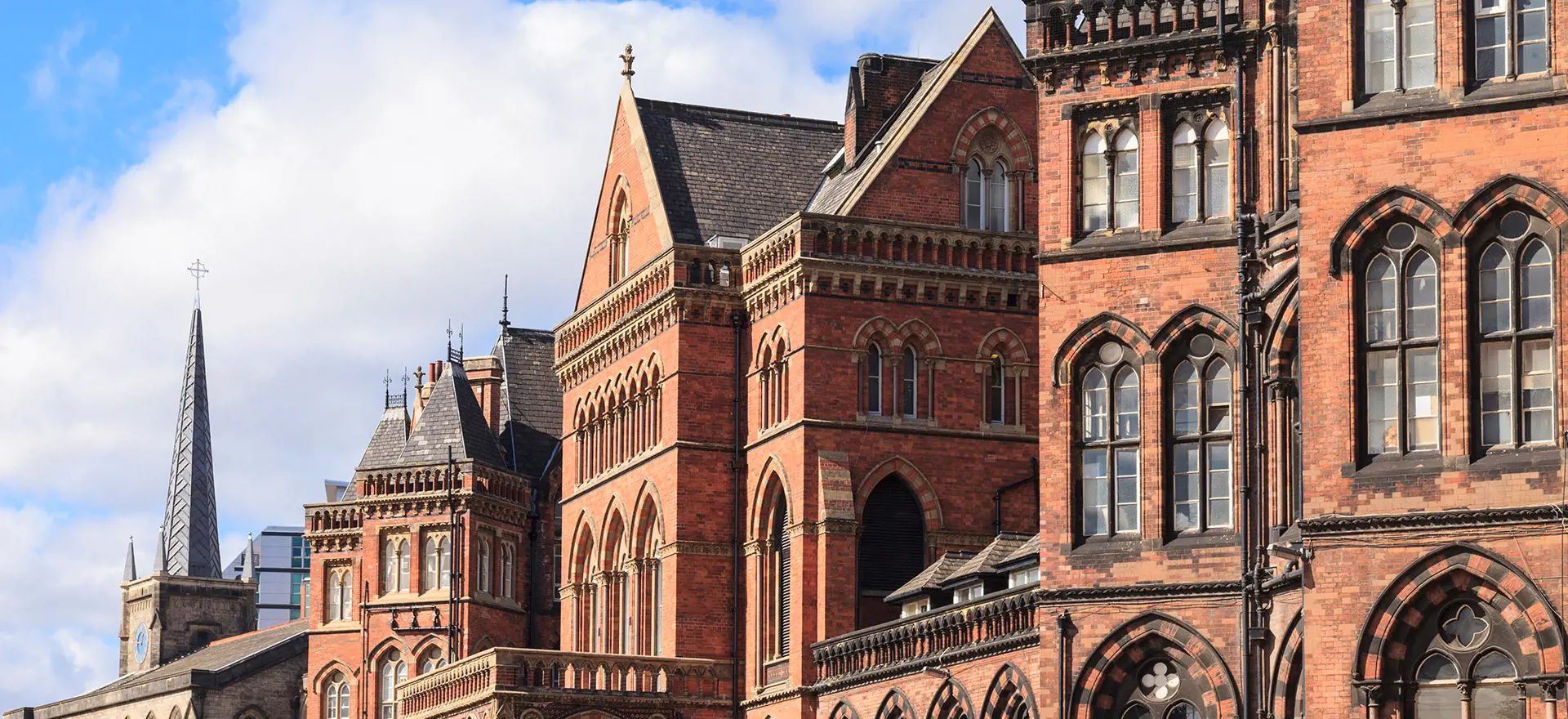Following the election of the Labour Government in July 2024, Lord Darzi, a renowned surgeon, was tasked with undertaking an independent review of the performance of the National Health Service [NHS]. The report, published later that year, described the NHS as in “serious trouble” and pointed to “crumbling buildings” as one of the many factors affecting productivity.
It is perhaps no surprise that the NHS’s building stock has been identified as a constraint, when considering the high number of historic buildings being used to meet modern healthcare needs. The nature of healthcare has changed so much in the last century, that many historic hospital buildings simply can’t keep up. What’s more, a significant portion of the buildings now used as hospitals weren’t even built to serve a healthcare purpose at all. Instead, many have more complex origins, their history entwined with societal shifts, industrialisation and the aftermath of global conflict.
This blog delves into these origins, and explores the challenges and opportunities that come with redeveloping historic hospital buildings.
The Changing Face of Healthcare
Prior to the turn of the 19th century, the healthcare landscape was very different from what we know today. At this point, purpose-built healthcare facilities had been around for a long time, but were relatively few in number. They were generally small, modest facilities ran by religious institutions and located close to monasteries, cathedrals or churches.
The Industrial Revolution brought about rapid population growth, urbanisation and crowded cities, leading to a surge in poverty, vagrancy and ‘pauper lunatics’. To address this, institutions such as workhouses and asylums were rapidly established. Many workhouses, designed to be deliberately oppressive, imposed harsh living conditions on their inhabitants as a form of deterrent against ‘choosing’ a life of poverty. The conditions of these facilities sometimes manifested in the ‘workhouse howl’, a harrowing phenomenon that came to symbolise the dehumanising effects of the workhouse system. The conditions in asylums could be equally stark. Early optimism that ‘insanity’ could be cured soon faded, and the asylums became places of confinement.
These institutions, though not purpose-built for medical care, often needed to include infirmaries or wards for the sick, laying the groundwork for the development of modern hospitals.
During the course of the 19th century there were significant advances in medicine and changing societal attitudes towards healthcare and welfare. An increasing sense of moral responsibility to provide social welfare was developing. Figures like Florence Nightingale championed reforms that led to improved conditions and the establishment of more purpose-built hospitals designed to promote healing and recovery. By the end of the 19th Century, many facilities had transitioned away from the traditional workhouse model, placing greater emphasis on providing care for the sick, rather than work for the able-bodied poor. The slow decline of asylums would follow, with a shift away from mass confinement and towards voluntary outpatient services and community care. Some of the new hospitals of the 19th century, such as Leeds General Infirmary, were the boldest and most innovative public buildings of their time.
The first half of the 20th century brought further changes, with the aftermath of two World Wars highlighting the inadequacies of the existing healthcare infrastructure, leading to significant reforms. The establishment of the NHS in 1948 marked a significant milestone, ushering in a new era of universal healthcare provision. The creation of the NHS nationalised existing institutions, so the adapted workhouse and asylum buildings would continue to play an important role in meeting demand for healthcare facilities.
Fast forward to today, and hospitals are deploying cutting-edge technology such as robotic surgery, digital diagnostics, artificial intelligence, and rapid transport helipads which allow patients to land moments before surgery. Medicine and healthcare provision has been transformed since many of these older buildings were designed and unsurprisingly, they often struggle to meet the needs of their occupants. The issues can include a shortage of space, inefficient layouts, difficulties in retrofitting for modern medical equipment, and high maintenance costs. But within these challenges there are opportunities for renewal.
Unlocking Opportunities for Renewal
Clearly, redeveloping historic hospital sites allows more up-to-date facilities to be provided. Alternatively, disposing of historic buildings to be repurposed for other uses such as residential development allows Trusts to generate funds to invest in new facilities elsewhere. Whilst converting historic buildings comes with its challenges, it also presents the opportunity to create characterful and desirable properties, often in sustainable locations. Whilst alterations to historic buildings always require careful consideration, the intensive nature of healthcare uses means that the building interiors have generally seen a high degree of alteration, meaning they can often be less sensitive to further change. Indeed, the requirements of modern healthcare can often be more harmful to historic significance than conversion to an alternative use. Additionally, there are often opportunities to demolish more modern, utilitarian buildings, freeing up land for new build development, helping to cross-fund any restoration works where needed.
Lichfields has a breadth of experience in providing planning and heritage services in support of historic hospital redevelopment proposals across the country. For many years we have provided heritage and planning advice to Leeds Teaching Hospitals NHS Trust on the regeneration of Leeds General Infirmary, a Grade I listed hospital originally constructed in 1868. Lichfields guided the Trust through a Listing Enhancement with Historic England which suggested that the extent of the designation amended to focus on the most notable 19th century elements of the Infirmary, excluding all the remaining buildings within the historic core. Historic England endorsed our assessment and updated the list entry accordingly. With the newfound assurance regarding the heritage sensitivities of the site, Lichfields secured successful planning and listed building consent applications for the partial redevelopment of the hospital’s historic core with a new state-of-the-art children’s hospital.
Working on behalf of the Derbyshire Community Health Services NHS Foundation Trust, we recently secured permission or the demolition of the existing maternity clinic and construction of a new modern health centre within the Grade II Listed Babington Hospital site in Belper, Derbyshire. The hospital is a former workhouse building situated in the Derwent Valley Mills UNESCO World Heritage Site and Belper and Milford Conservation Area. We provided a robust planning and heritage case to demonstrate that the harms arising from demolition were outweighed by the public benefits associated with providing modern facilities.
Elsewhere, at Saint Mary's Hospital, Stannington, Northumberland, we secured planning permission for partial demolition of hospital buildings and redevelopment of the site to provide 93 dwellings with infrastructure and restoration of the historic gardens. The principal hospital building was retained and converted for a hotel use. The facility had originally been constructed as a lunatic asylum, set within a Grade II registered Park and Garden, designated as a historically significant asylum landscape.
Concluding Remarks
From their historic origins to their transformation into modern healthcare facilities, these buildings epitomise resilience and adaptation. As we continue to navigate the challenges of providing modern healthcare in the 21st century, meeting growing housing demand, and reducing embodied carbon, historic hospitals provide challenging but compelling redevelopment opportunities. For developers or NHS Trusts looking to take such projects forward, we would recommend seeking planning and heritage advice at an early stage to ensure that the sensitivities and constraints are understood from the outset, informing the planning strategy and design process, and smoothing the path for a successful outcome.



